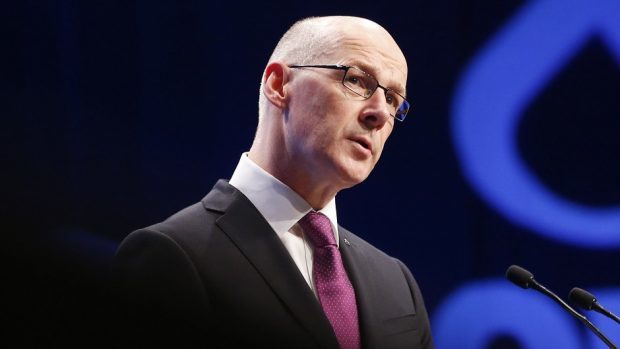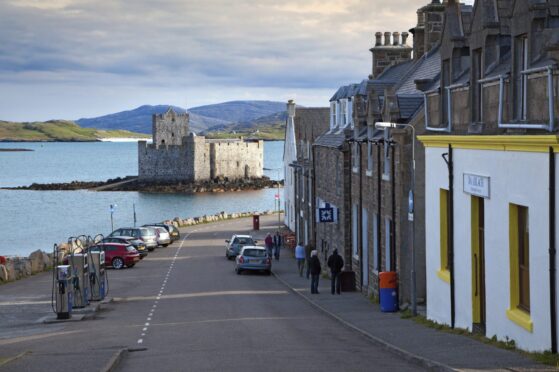Council chiefs in the north will write to newly-appointed Education Secretary John Swinney for help with their looming schools “crisis”.
Schools in Inverness have been unable to keep pace with the demands of one of Europe’s fastest growing cities, while in other parts of the Highlands, pupils are suffering in sub-standard buildings.
The gravity of the situation emerged at an education committee meeting in Inverness yesterday.
Although the region is in the process of getting several new schools, councillors admitted that they, their predecessors and planning officials had underestimated the scale of population growth.
Some members also claimed the authority had failed to secure enough money from housing developers to fund more schools to cope with the rising population.
Inverness’s Cradlehall, Hilton, Inshes, Lochardil and Milton of Leys – which was over-capacity within months of opening in 2011 – schools have already been capped.
The council has earmarked £48million for primary schools, but yesterday Liberal Democrat group leader Alasdair Christie estimates that a solution to the problem could cost £100million.
Now education committee chairman Drew Millar has vowed to write to Mr Swinney to pitch for a huge cash injection to address the issues.
Mr Millar said: “There’s huge pressure on schools and the amount of houses being built in Inverness suggests there is a crisis. We need to address that.
“We should have seen it coming. When Milton of Leys was opened, within minutes it was over capacity. We’re assured that officers are now using a different matrix for predicting more accurately what rolls are going to be.
“If you look around the Highlands the number of schools, through years and years of neglect, are falling into disrepair then we have a significant problem with our capital plan. The only way to address that is with more funding.”
City SNP councillor Ken Gowans agreed that the situation was a “crisis” and had been epitomised by the Milton of Leys experience.
But while not playing down the seriousness of the situation, council leader Margaret Davidson denied it was a crisis.
“In the inner Moray Firth our population is growing – that’s the good news. The downside is we’ve got to cope with it.
“I’ve no doubt there’ll be some disappointed parents when they try to get into their local schools this summer and I’ve no doubt we’ve got to get started on meeting this demand very quickly.”
She confirmed that “distance learning” – online teaching – would become more commonplace as part of the natural evolution of education.
The solution, she said, would be a “route map” to cope with growing demand along with a root and branch review of the council’s future planning blueprints to better prepare it for population growth.
A spokeswoman for the Scottish Government said: “Under Scotland’s Schools for the Future programme we’re providing £37million towards the reconstruction of Wick Academy and Inverness Royal Academy.
“In addition, we announced on January 25 that we would support a further 19 school projects under the programme including support for the replacement of Alness Academy.”










